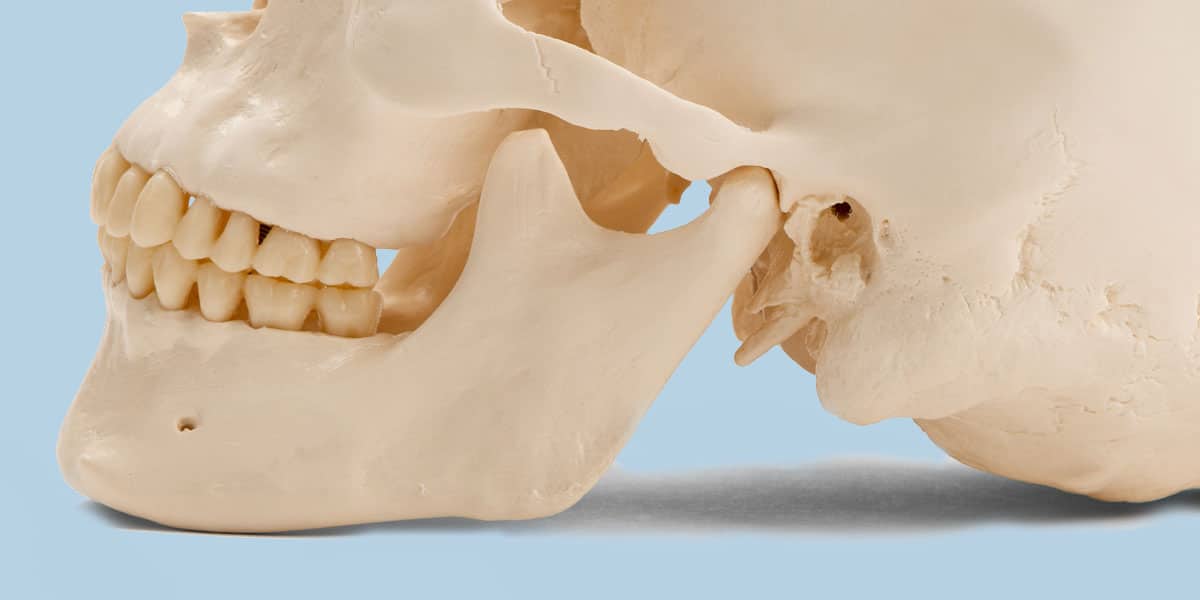TMJ-TMD

The temporomandibular joint (TMJ) connects the jawbone to the skull. TMJ disorders often cause discomfort in the cheek, jaw, or ear areas and can affect normal jaw function.
In less severe cases, TMJ disorders can be treated with self-managed care (eating soft foods, using ice packs, avoiding extreme jaw movement) or nonsurgical treatments (anti-inflammatory medications, Botox™ injections, or stabilization splints.)
In addition to these treatments, orthodontic treatment can used to gradually move teeth to correct misaligned bites so that the teeth on both arches meet correctly. Once the bite has been adjusted to improve both the function and alignment of the jaw, the tension in the jaw joint should be greatly reduced or eliminated and any TMJ or TMD symptoms you may be experiencing should ease.
TMJ-TMD conditions fall into three main categories:
- Myofascial pain - Discomfort or pain in the muscles that control jaw function (grinding teeth can result in this type of TMJ disorder)
- Internal derangement of the joint - A possible indicator of a displaced disc, dislocated jaw, or injury to the condyle
- Arthritis - A degenerative inflammatory disorder
Signs and symptoms of TMJ disorders are frequently intensified by stress and can include:
- Headaches
- Soreness in the cheek or jaw area
- Pain in or around the ears
- Facial pain
- Tight jaws
- Popping or clicking sounds when opening mouth
- Locking of the jaw
- Difficulty chewing
